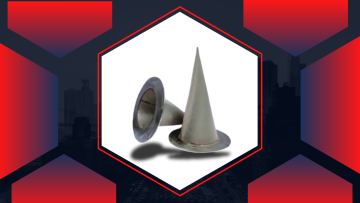Item Product Damper
Damper is a device used to control or reduce vibrations, movements, or oscillations in various systems, structures, or machines. Its main function is to absorb energy and dampen unwanted motion, enhancing performance and stability. Dampers are used in a variety of industries, including automotive, construction, and machinery.
-
Automotive Dampers (Shock Absorbers): In vehicles, dampers (commonly known as shock absorbers) are designed to absorb shocks and vibrations from the road surface, improving comfort and vehicle control. They typically consist of a piston moving through fluid or gas to dissipate kinetic energy.
-
Building Dampers (Construction): In tall buildings or earthquake-prone areas, dampers reduce sway caused by wind or seismic activity. Common types include tuned mass dampers (TMDs), which use a large mass to counteract building movement, and viscous dampers, which use fluid to absorb energy from vibrations.
-
HVAC Dampers: In HVAC (heating, ventilation, and air conditioning) systems, dampers control the airflow within ducts. These adjustable valves help regulate air distribution and improve energy efficiency by directing airflow to different areas based on demand.
-
Industrial and Machinery Dampers: In machinery, dampers reduce mechanical vibrations and prevent damage to components. These are often found in heavy equipment or industrial systems where stability is critical for performance and longevity.
Types of Dampers:
- Friction Dampers: Use friction to absorb and dissipate energy.
- Viscous Dampers: Utilize thick fluids or gases to resist movement.
- Spring Dampers: Rely on springs to reduce movement.
- Magnetic Dampers: Use magnetic fields to resist motion.
In summary, a damper is a crucial component in various systems to enhance safety, comfort, and efficiency by controlling unwanted motion or vibrations.




















